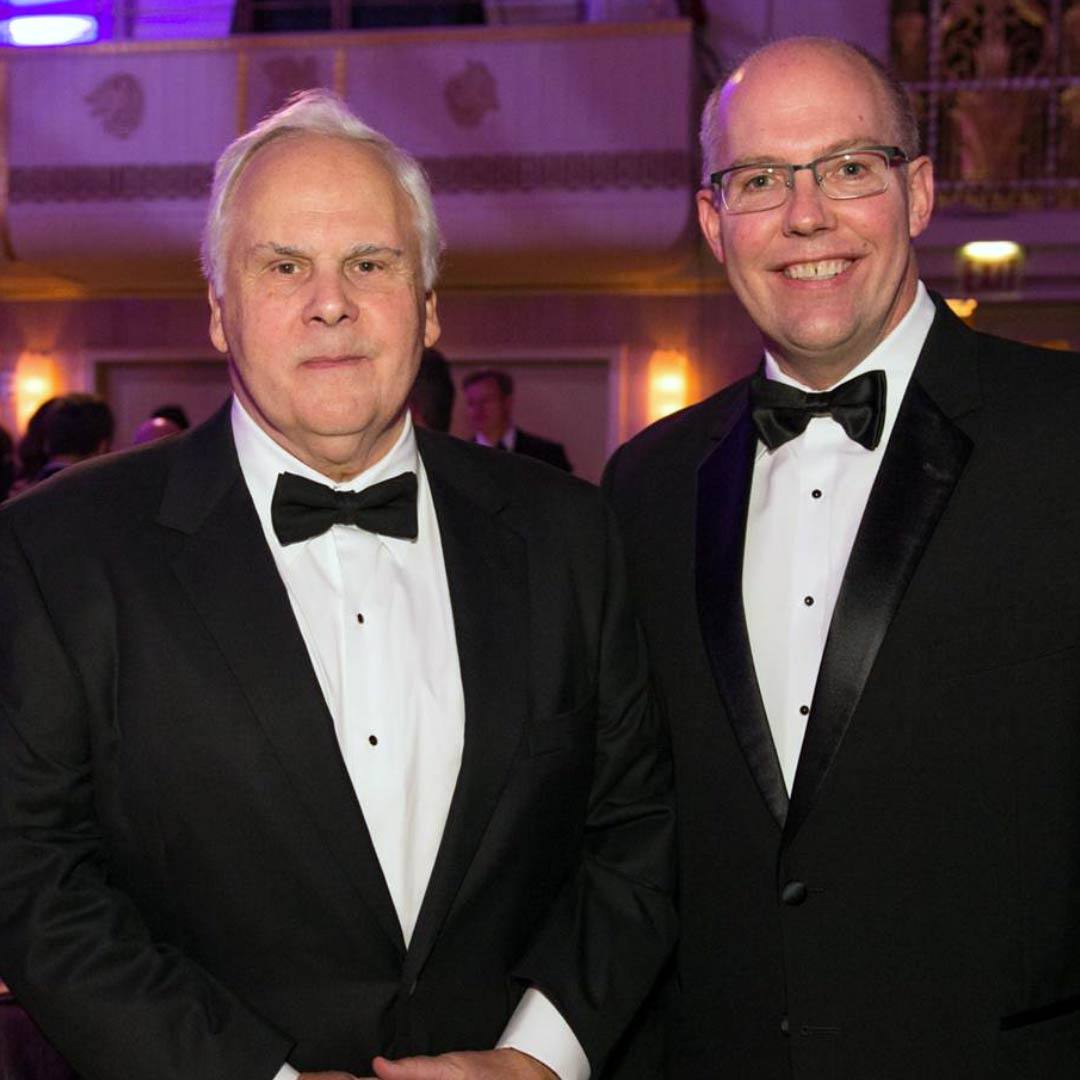As many as 6 million Americans have a heart condition called atrial fibrillation that increases their chance of health problems. Indeed, the Centers for Disease Control and Prevention says risk for stroke is four to five times greater for a person with atrial fibrillation than for someone who does not have the condition.
In this Mayo Clinic Minute, Dr. Fred Kusumoto, a Mayo Clinic electrophysiologist, explains what happens in the heart to create atrial fibrillation and what can be done to fix it.
Journalists: Broadcast-quality video (1:00) is in the downloads at the end of this post. Please "Courtesy: Mayo Clinic News Network." Read the script.
Atrial fibrillation interrupts a regular heartbeat.
"In atrial fibrillation, instead of the atria squeezing in a normal, regular fashion, the atria beat irregularly and chaotically," says Dr. Kusumoto. "In some cases, people feel their heart palpitating or beating very, very fast; or a flip-flop in their heart or chest area. Other times, people just notice that they are more short of breath when they walk upstairs."
Dr. Kusumoto says atrial fibrillation decreases the heart's blood-pumping efficiency and puts a patient at higher risk for blood clots, heart failure and stroke.
In some cases, atrial fibrillation can be corrected with medication or by administering a shock to a sedated patient's heart. In other instances, a procedure called catheter ablation may be used to scar tissue that's creating the erratic signals in the hopes of getting back to that normal beat.







